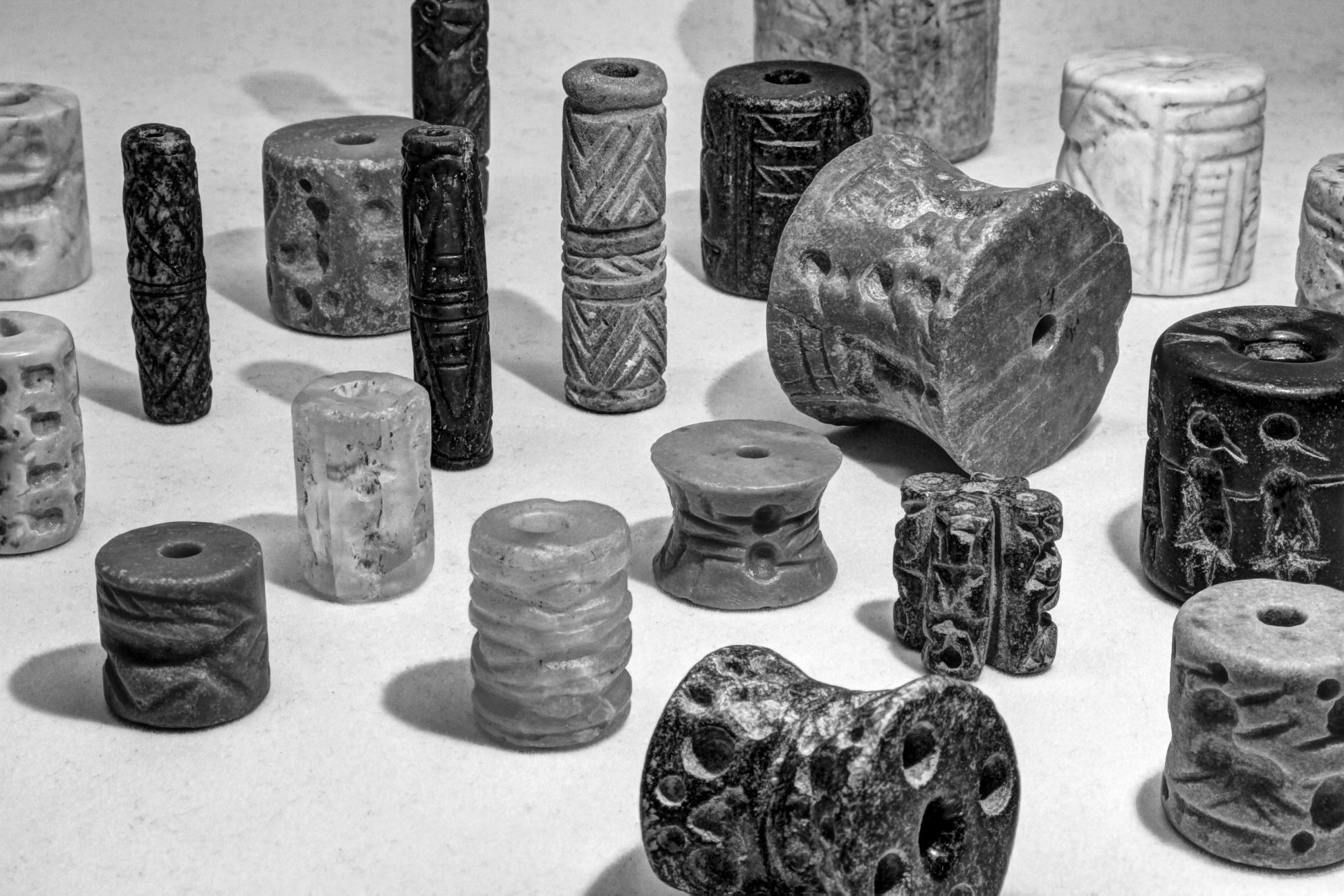Peabody Specimen Spotlight
The Yale Babylonian Collection houses evidence of ancient Mesopotamia’s rich cultural history.

Sterling Memorial Library’s stunning nave and ornate reading rooms lure even the hardiest procrastinators into its clutches. But earlier this week, I was drawn to the library by something else entirely: The Yale Babylonian Collection.
The collection houses artifacts from Mesopotamia, an ancient society that once occupied what is now Iraq and Syria. It is located not within a museum or a public gallery, but rather on the third floor of the library. Since its creation, the collection has swelled to contain 40,000 artifacts — including precious tablets and seals.
The inaugural Laffan Professor of Assyriology Albert T. Clay founded the Yale Babylonian Collection in 1911. Clay bolstered the new collection through gifts and purchases, and in 1921, banking mogul J.P. Morgan’s personal collection of Mesopotamian tablets were brought to the collection for study. The University purchased them from the Pierpont Morgan Library in 1972.
The study of ancient Mesopotamian history is a young field compared to the study of other ancient societies like the Greeks or the Romans. Mesopotamian society was largely unknown to historians until the mid-19th century when their artifacts were rediscovered and their languages translated.
But acquiring these artifacts can be a tricky process. Associate Curator of the Yale Babylonian Collection Agnete Lassen said that over the last few decades, Iraq and Syria’s archaeological sites have suffered immense damage from war, neglect, lootings and deliberate destruction.
“The Yale Babylonian Collection does not want to contribute in any way to a black market in antiquities by buying or accepting gifts of materials that could have been looted,” she wrote in an email to the News.
Lassen said that the collection’s diverse holdings draw scholars from across the world. At Yale, these visiting researchers use the collection to gain a deep understanding of aspects of ancient Mesopotamian society, such as its economic, social and legal history.
Yale Peabody Museum of Natural History Director David Skelly told the News that a small community of Assyriologists on campus take advantage of the Babylonian Collection, and that the international Assyriological community knows it well. But he said that most of Yale’s students and faculty do not realize the extent of the collection’s holdings.
“It’s one of these hidden treasures on campus,” Skelly said.
The collection contains precious artifacts like a cuneiform tablet of the Epic of Gilgamesh as well as tablets with poems by the first named author in human history, a woman named Enheduanna.
Yale also holds four culinary recipe tablets from ancient Mesopotamia, which were translated and then prepared by a group of scholars. The recipes, Lassen said, ranged from pies to a red beet stew.
“The only collection in the world that holds culinary recipe tablets [from Mesopotamia] is the Yale Babylonian Collection,” Lassen said.
The recipes are over 4,000 years old, according to a Yale press release. Lassen and other scholars who participated in the cooking event aimed to recreate the dishes as closely as possible with modern ingredients, resulting in tasty renditions of the ancient foods. But the event was not all fun and games. Lassen and others said that it facilitated a deeper understanding of Mesopotamian culture.
“Our idea was to revisit the old translations and see where we could improve our understanding of the terminology and approach a better understanding of these recipes,” Lassen said in the press release.
In 2016, University Provost Ben Polak charged an advisory committee composed of Yale’s cultural heritage community, interested faculty and Babylonian Collection staff to draft recommendations related to the maintenance of the collection. With guidance from this committee, Polak announced in a 2017 memorandum that the collection would become a part of the Peabody while still residing at its home in the library.
Starting on April 6, artifacts from the Babylonian Collection will be put on display at the Peabody Museum. It will be the first major public exhibition of the collection’s holdings in decades.







